I’m trying to understand how an audio signal is represented with electrical signals and modulated. I and have questions which follow. Wikipedia says
An audio signal is a representation of sound, typically using ... a changing level of electrical voltage for analog signals
The audio frequencies are 20 to 20,000 Hz. More then one frequency can be present with different amplitudes.
It’s my understanding this signal can be modulated to an AM carrier (mixing) and shifted to sidebands. Why is the bandwidth of the sidebands in the picture below so large? The frequency of the sideband signal should be constant and only amplitude changes.
For FM I think I understand the side band width because the modulated FM signal is changing frequency in the sideband bandwidth range, which represents the audio signal.
